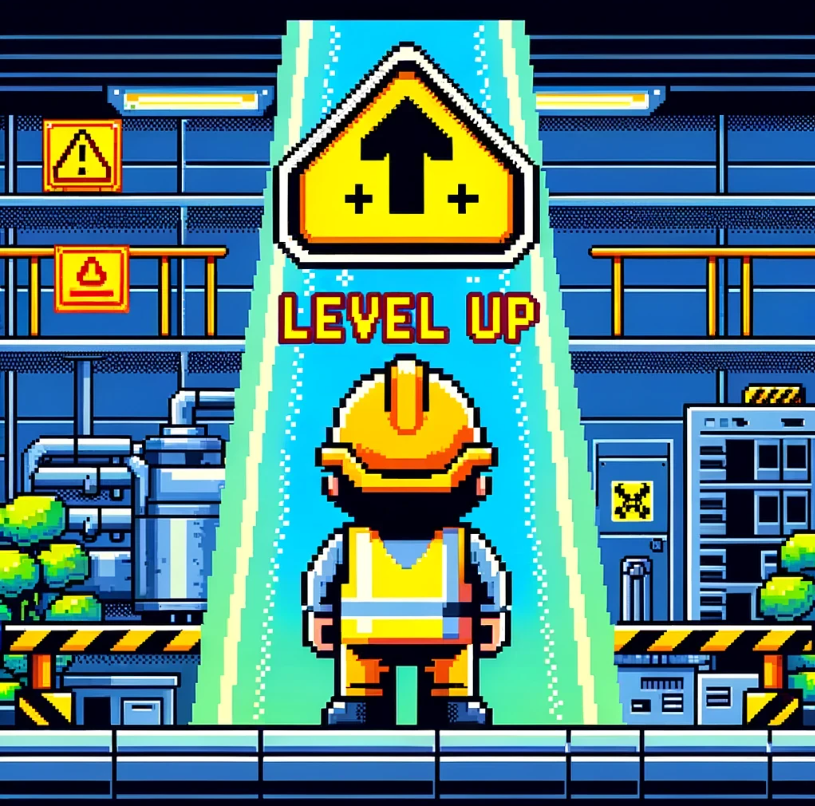How often do you catch yourself saying, “I’m good,” when you’re really not?
Maybe you default to “I’m fine…” even when your inner world feels anything but fine.
We’ve all been there, right?
In his powerful TEDx talk on vulnerable honesty, Yoram Mozenson shares that his habitual responses of “I’m good” and “I’m fine” were often masks for how he truly felt. He even went on to redefine “good” and “fine” with a more honest, if not a bit cheeky, interpretation.

According to Yoram, “Good” actually stands for:
- Gloomy
- Overworked
- Overwhelmed
- Definitely not trusting that you would appreciate it if I shared that with you.
And “Fine”? Well, that’s:
- F***ing
- Incapable of
- Naming
- Emotions.
Sound familiar? We’ve all said we’re “good” or “fine” when we really meant the opposite. And it’s not just in our personal lives where we mask our true feelings—it happens at work too.
Imagine if we could be more vulnerable and honest at work…
What if we could bring more vulnerability and honesty into our work environments?
It could strengthen team connections, build trust, and enhance collaboration. When people feel safe to share their true selves, it sparks creativity, fuels innovation, and creates a more supportive workplace.
To achieve this, we need to create a culture of psychological safety—one where it’s okay to say, “I’m not okay,” and where vulnerability is welcomed and supported.
Here are a few tips to help build that kind of culture.
Encourage Open Communication
Open communication is the foundation of a psychologically safe work environment. Start by creating spaces where team members feel comfortable sharing their thoughts and feelings. This could be during regular check-ins, team meetings, or one-on-one sessions. Make it clear that there’s no pressure to always be “fine” or “good.”
You can also introduce practices like anonymous feedback forms or suggestion boxes, which allow employees to express their concerns without fear of judgment. By normalising open communication, you create a workplace where people feel seen and heard.
Lead by Example
As a leader, your behaviour sets the tone for the entire team. If you want your team to feel comfortable being vulnerable, it starts with you. Share your own experiences and emotions openly, especially when they’re less than perfect. For example, instead of saying, “I’m good,” you might say, “I’m feeling a bit overwhelmed today, but I’m working through it.”
When leaders show vulnerability, it humanises them and makes it easier for others to follow suit. It’s about creating a culture where authenticity is valued over appearances. This doesn’t mean oversharing or burdening your team, but rather demonstrating that it’s okay to be human at work.
Provide Support
When someone opens up about their struggles, how you respond is crucial. Active listening is key—let the person speak without interruption, acknowledge their feelings, and offer support without immediately jumping to solutions. Sometimes, just knowing that someone is there to listen can be incredibly empowering.
To further support your team’s wellbeing, make sure they know about and have easy access to resources like mental health days, employee assistance programs, and counseling services. Actively encourage your team to use these services and remind them regularly that these resources are available to help them navigate challenges. Promoting these options shows that you prioritise their wellbeing, reinforcing that it’s not just a box to tick but a genuine commitment to their mental and emotional health.
Educate on Emotions
The truth is, many of us grew up in environments where emotional intelligence wasn’t really talked about or taught. So, it’s completely understandable if expressing emotions isn’t something that comes naturally for your team members. But the good news is, it’s never too late to learn.
By offering training or workshops on emotional intelligence, you can help your team get more comfortable with their feelings. These sessions might cover things like how to identify emotions, communicate more effectively, or manage stress in a healthy way.
You could also mix in some regular team activities that make emotional awareness a bit more approachable—like mindfulness exercises or reflective journaling. By building emotional literacy in small, practical ways, you’re giving your team the tools they need to better understand their own emotions and communicate them more clearly.
Final Thoughts
Creating a work environment where people feel safe to be honest and vulnerable isn’t just a nice-to-have—it’s essential for fostering a healthy, productive, and innovative team. When we stop hiding behind “I’m good” or “I’m fine,” we open the door to deeper connections, greater trust, and a more supportive workplace culture.
If you’re curious to learn more about Yoram’s insights on vulnerable honesty, you can watch his full TEDx talk below.
Want more curated content like this straight to your inbox? Subscribe to our newsletter. 👇



